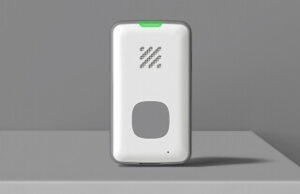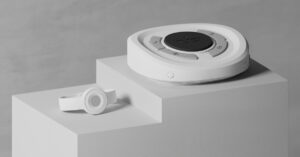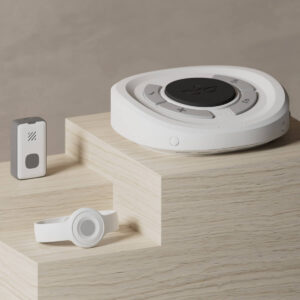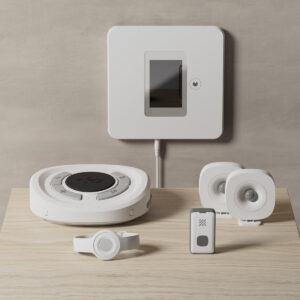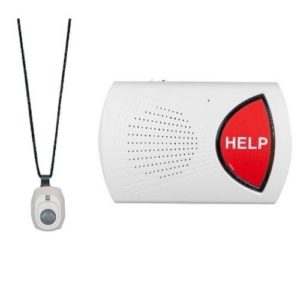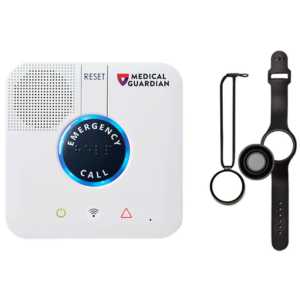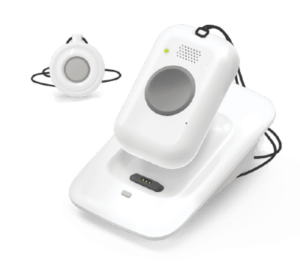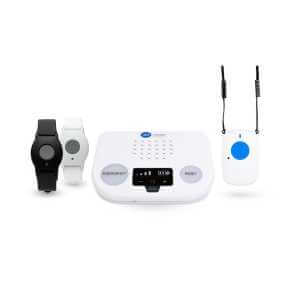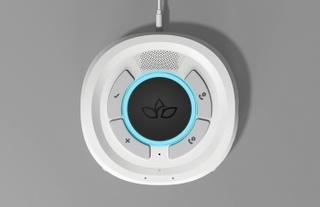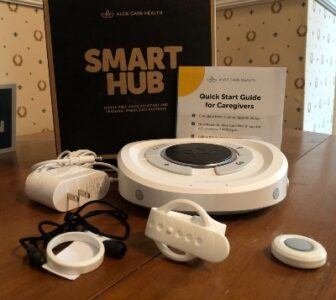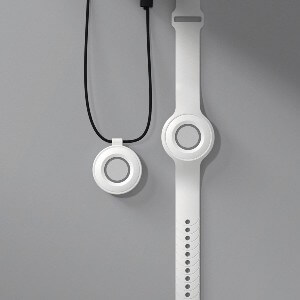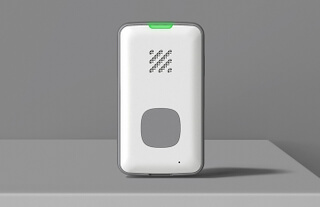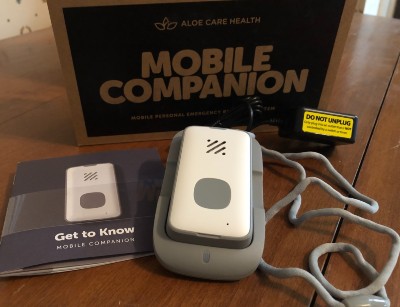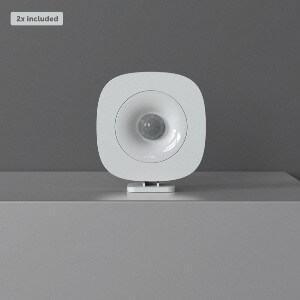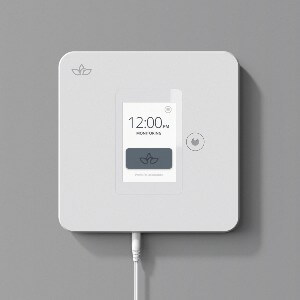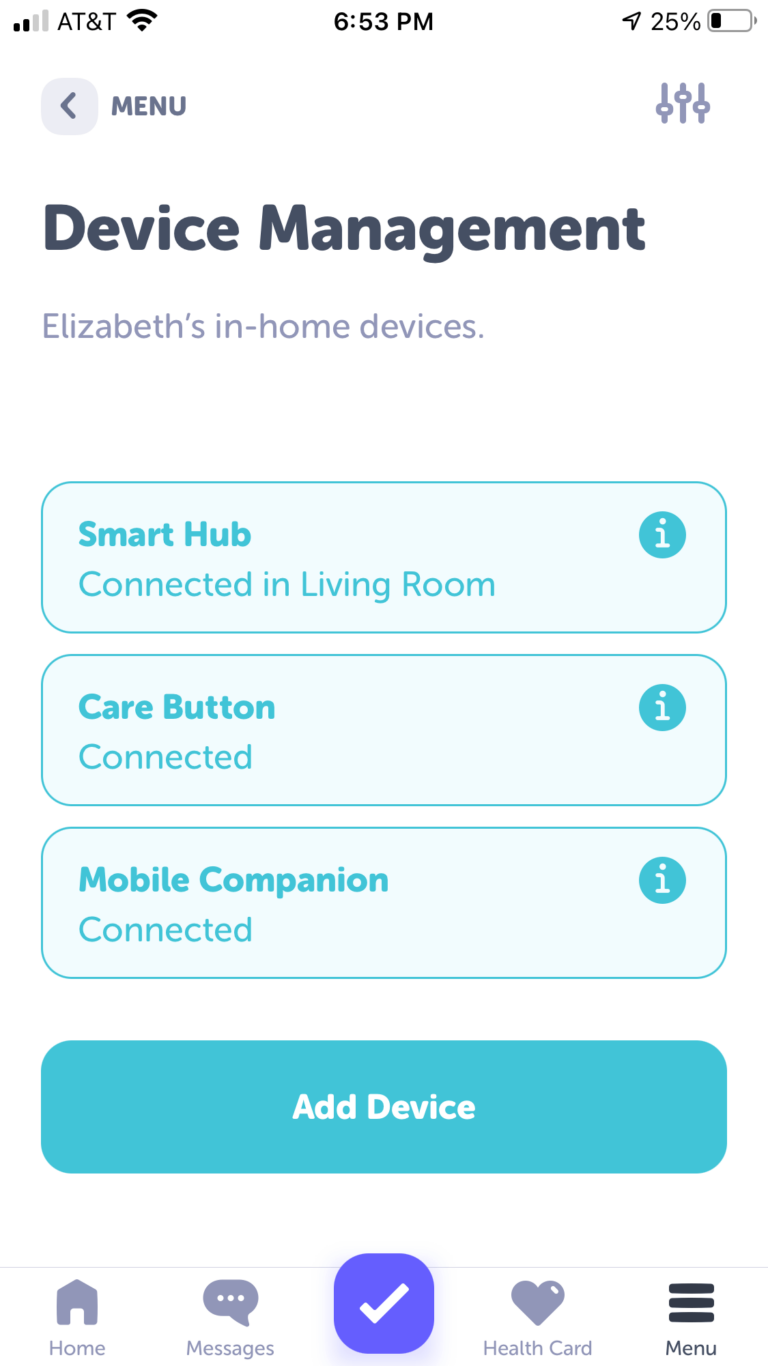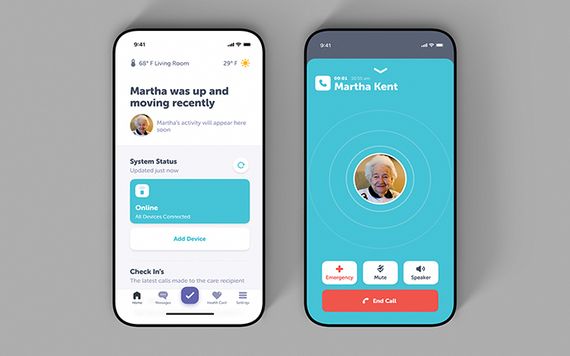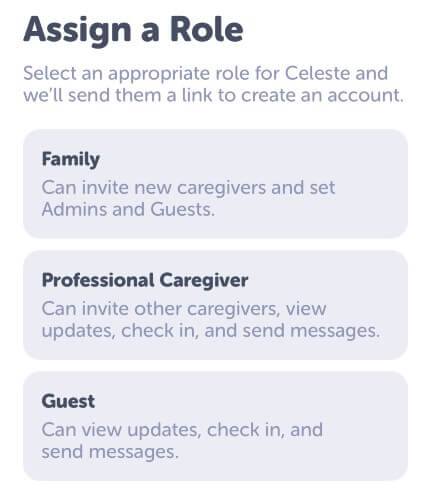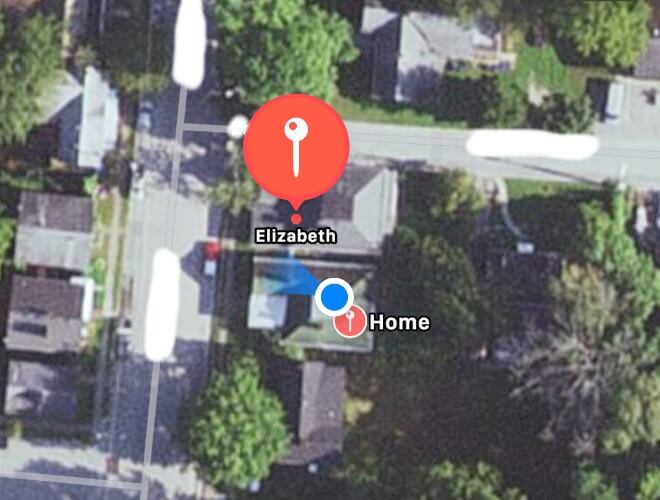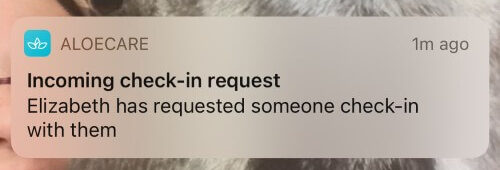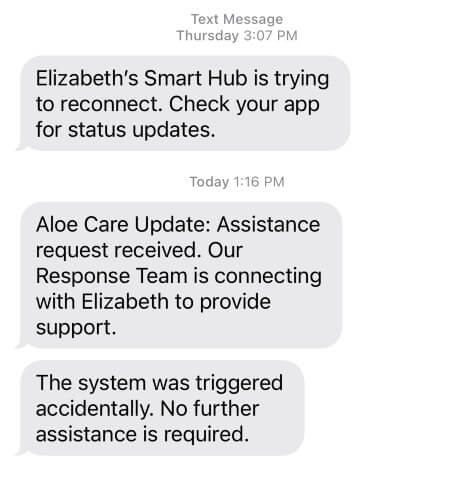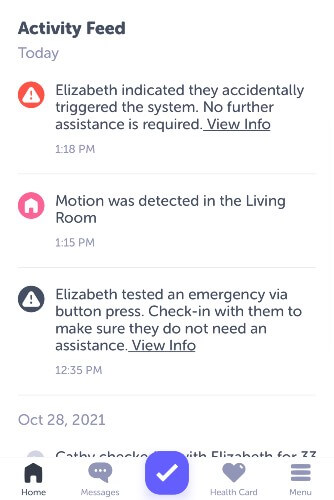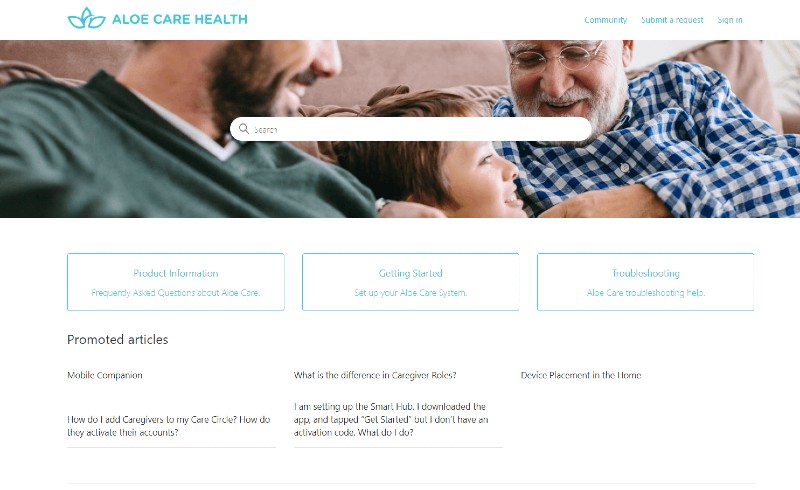Setting up the Aloe Care Smart Hub is as simple as plugging it in and pushing a button. Seriously. It takes about three minutes from start to finish, and most of that time is spent just waiting for the hub to give further instructions.
Once it's plugged in, the hub light starts pulsing gently. Be patient: in our case, it took exactly 70 seconds for the Aloe Care hub to say, "Welcome. Let's get started."
Next, the hub says, "If a caregiver is present to help with install, please have them open the caregiver smartphone app."
Whoops, we hadn't set that up yet.
Fortunately, it wasn't necessary to have the app ready to go. After a brief pause, the hub continues by saying, "If you're installing for yourself, press the center button on this device to continue." Easy.
The hub spends the next 15 seconds or so connecting to LTE and says, "You have successfully connected your Aloe Care Smart Hub. Finalizing setup. Your Smart Hub may need to restart during this process."
Wait for another 40 seconds. Finally, the hub will say, "Your smart system is fully set up and ready to use."
What happens if a caregiver sets up the hub?
On the Aloe Care app, your caregiver can choose to connect the Smart Hub to Wi-Fi right away. They'll need to know the network name and password. Our hub connected without a hitch (and with our track record of Wi-Fi woes, that's impressive).
Setting up the Aloe Care Mobile Companion and other devices


